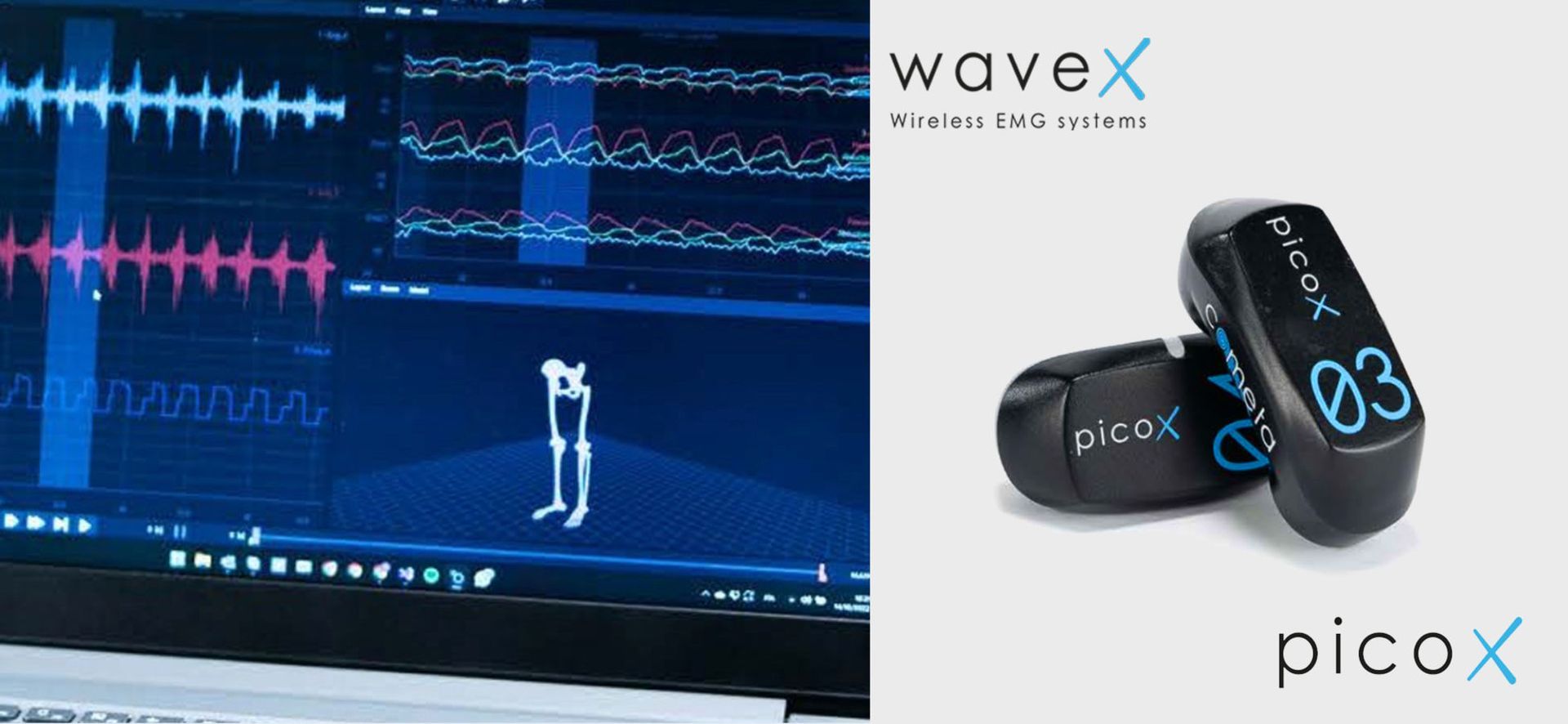Physical Therapy and Rehabilitation Medicine
ArmMotus™ M2 Pro
An Upper Limb rehab robotics that is designed for elbow and shoulder joint movement. It's a gamified rehab therapy to provide fun and motivation. With force feedback technology to ensure a patient to better engage in the training and simulate different force environment.
WristMotus™ M1-W
Wrist Joint Rehabilitation Robotics
WristMotus™ M1 - W is an intelligent wrist joint rehabilitation robotics solution that targets wrist functions by providing training that mimics activities of daily living, such as forearm pronation and supination, ulnar and radial deviation, flexion and extension.
HandyRehab™
Fine finger motor skill training has always been the pain point of rehabilitation. HandyRehab™ equips with 8 individual motors which allow to carry out complex hand function training. The integration of EMG sensors can provide different training scenarios such as passive, active-assistive, and bi-manual training. It only weighs 380g and can support home use or even use as an assistive device to improve the quality of daily living.
OTParvos™
Digital OT Training Syste,
Digital chess board that provides board games and occupational therapy training for hand-eye coordination by implementing magnetic sensor LED array and AI technology.
Syrebo Hand Rehabilitation
The Syrebo hand rehabilitation systems combines soft robotic exoskeleton technology and neuroscience, integrates active and passive training, covers all stages of hand rehabilitation, helps patients to relearn and recover hand motor functions via a series of passive and active exercise to restore self-reliance ability.
Lower Limb
Fourier Intelligence™ ExoMotus M4
The Syrebo hand rehabilitation systems combines soft robotic exoskeleton technology and neuroscience, integrates active and passive training, covers all stages of hand rehabilitation, helps patients to relearn and recover hand motor functions via a series of passive and active exercise to restore self-reliance ability.
Fourier Intelligence™
CycleMotus™ H1
It’s a perfect solution for the upper and lower limbs training that can be used in different environments as well as stages of rehabilitation. It is equipped with a high-resolution touch-screen display and a control motor system that allows it to fulfill the training requirements of different rehabilitation stages. Upper limb training can improve cardiovascular health and strengthening of muscle groups for the arm, upper body, and shoulders. Lower limb training targets to strengthen the thigh and calf muscles as well as improving one’s balance.
Fourier Intelligence™ CycleMotus™ A4
Three training modes tailored to diverse training needs. Eases muscle tension, sustains joint mobility, diminishes spasms, and enhances blood flow. Leverages the user's remaining muscle strength for active engagement. Solely employs active force, fortifies muscles and cardiovascular health, bolsters endurance and coordination.
Fourier Intelligence™
CycleMotus™ B2L
This lower limb training solution is versatile and suitable for various environments and stages of rehabilitation.
HAL Lower Limb
What HAL does change is the map done by the brain
Major causes of lower limb disabilities are a disorder of the cerebral and nervous muscular system. In those cases, the brain cannot use ordinary neural pathways and cannot perform movements on the legs.
Hal for Medical Use - Lower Limb Model moves the wearer’s legs in accordance to the wearer’s intention, “I want to walk” or “I want to stand up,” and enable timely feedback of their intent. Consequently, this helps accelerate the learning done by one’s brain.
HAL Single Joint Type
Training with HAL can be at the comfort of your bed!
With this small and light-weight HAL for Well-being Single Joint Type made of soft materials—the wearer can perform training, lie on their bed, etc. Training with HAL for Well-being Single Joint can be conducted at any time and space available.
Movement and Balance
Cometa Wave X
Crafted to be the premier wireless EMG System worldwide.
Restore Fortis™
MyndMove™
Restore Fortis™ MyndMove™ is a non-invasive functional electrical stimulation (FES) therapy for patients with a patented and specific protocol that were indicated for upper limb paralysis patients who suffered following a stroke or a spinal cord injury.
Balance Motus Kinesiq™
Balance assessment and training system that is equipped with a high-precision sensor, biomechanics algorithm interactive software and an ergonomic design. Designed to help improve the balance of the patient as well as being safe to use with tools as part of one’s fall prevention program.
Pain Management and Post-OP
Shockwave Fortis™
Shockwave Fortis™ uses 10 console that controls compressed air in order to generate kinetic energy for the tube projectile. Through the applicator, the projectile generates radial shockwaves. Different applicators can be used for various depths of body tissue with a maximum depth of around 45mm penetration.
AirFortis™
AirFortis™ is an intermittent pneumatic compression (IPC) device with a monitor to control the inflatable garments that are wrapped around the limbs. With the availability of different modes, the inflating and deflating movements of device sequential compression on the limbs. This will help to promote the flow of tissue fluid, blood and lymphatic circulation, thereby preventing deep vein thrombosis (DVT) and reducing oedema.
Prosthesis
Motorika



